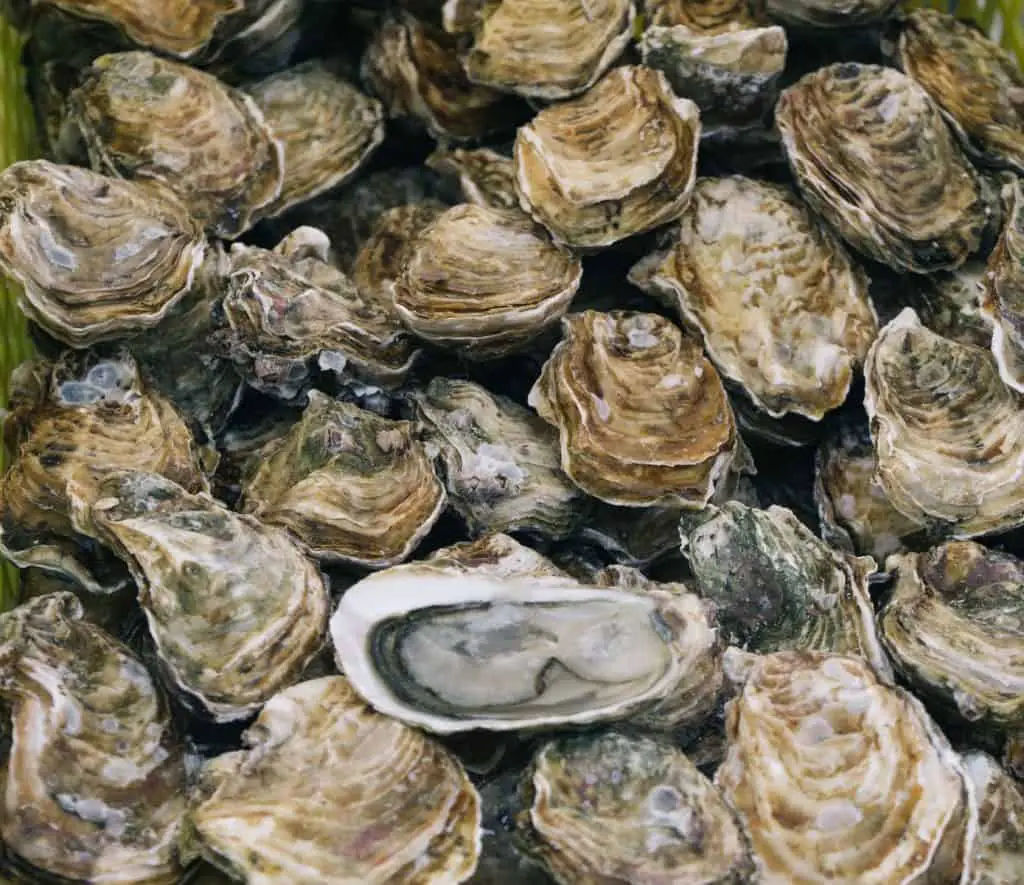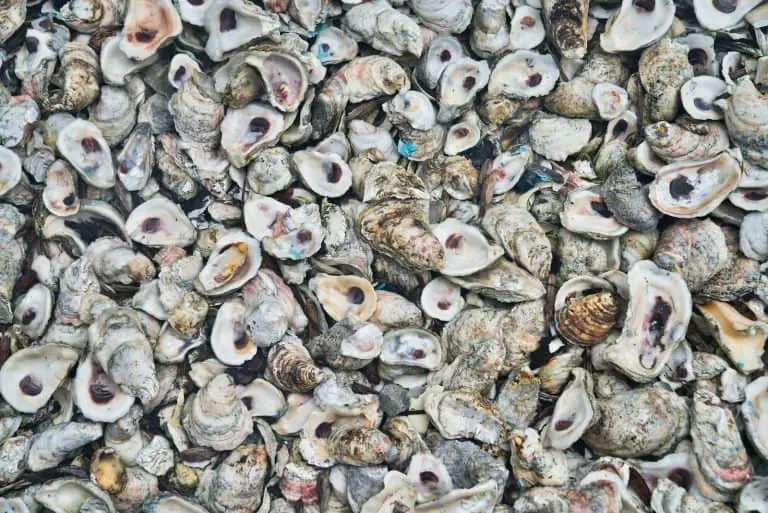Your kitchen waste might be doing more than you think. Like oyster shells. So, are oyster shells good for the garden?
You may not know this, but the oyster shells left over from your seafood dinner can actually be beneficial for your lawn and garden. Many people believe that it would take too much time and energy to turn these shells into something that plants could use for nutrients. However, the process is simpler than you might think. With some planning ahead and a bit of effort, you can add calcium and minerals from one of nature’s best sources right where your plant’s roots need them most. Let’s dig deeper to answer the question, are oyster shells good for the garden.

Are Oyster Shells Good for the Garden?
So, are oyster shells good for the garden? Oyster shells have a high calcium content, which makes them great for adding to the garden. Calcium is an essential nutrient for plants, and it helps to promote strong growth. Oyster shells can also help to improve drainage in the soil and make it more alkaline.
If you’re looking for a natural way to add calcium to your cute backyard, oyster shells are a great option. You can find them at most garden centers or online. Be sure to crush the shells before adding them to the soil. This will help the calcium be more easily absorbed by the roots.
Adding oyster shells to your garden is a great way to improve plant growth and health. Give it a try and see the difference it makes in your garden!
Are Oyster Shells Good for the Garden: What Actually Are Oyster Shells?
The hard exoskeleton of oyster shells, also known as ostreoid, is a kind of mollusk from the family Ostreoidea. The vast majority of oysters dwell in salt water or brackish habitats. Their shells are also high in calcium carbonate (about 96%). When oysters die at sea, their shells become reefs that provide habitat for hundreds of other species. As a result, they are dubbed a “keystone species.”
On land, however, oyster shells provide a number of advantages. They’re a high-quality soil additive because to their calcium and micronutrient content when ground into a powder. Adding crushed shells to the soil results in the formation of a long-lasting supply of nutrients. This slows down the decomposition of compost piles and helps soil microorganisms live in them longer. In compost heaps, crushed shells aid in the creation of habitat areas for earth microbes, allowing them to break down compost more quickly.

Are Oyster Shells Good for the Garden: Where Can You Get Them?
If you need crushed oyster shells for your lawn or garden, a better option might be to collect them yourself rather than buying from a landscaping company. Ordering in bulk can get expensive, and it’s not always logistically possible. However, if you live near the ocean or have access to fresh seafood, collecting shells is easy and environmentally friendly!
Before adding them to your soil, wash and boil your shells. Because the sea salt that naturally accumulates on these shells might burn your plants if it builds up too much, this is essential. You may break the shells into smaller pieces by covering them with a cloth and pounding them with a hammer into a powder after thoroughly washing them. Instead of utilizing entire oyster shell fragments, you may also utilize oyster shell flour for similar effects.
Are Oyster Shells Good for the Garden: Benefits
Oyster shells offer many benefits to your garden, including helping to balance soil pH levels and improve nitrate uptake. Adding powdered oyster shells to the soil will improve the growth rates and vitality of leafy greens like lettuce and spinach, as well as cruciferous veggies like cabbage and broccoli. Oyster shells come in a coarse texture, which aids in the reduction of compaction in the soil. It also allows water to flow through the dirt without getting trapped along the way, reducing potted plants from becoming waterlogged.
Did you ever think that oyster shells could have benefits for something other than your garden? Well, it turns out that they do. Becauseoyster shells are almost entirely made of calcium carbonate, farmers give them to their chickens to supplement their diet and make sure the chickens lay thick-shelled eggs. You can also use ground up oyster Shells as a barrier around your plants to keep pests away–moles and voles don’t like the sharp shards or gritty texture.
Are Oyster Shells Good for the Garden: General Application Rates
Oyster shells can be used in a variety of ways in the garden. The ideal time to apply oyster shell mulch is in late spring or early summer, when the soil has warmed up. Oyster shell mulch should be applied in thick layers, depending on how much you need. Ideal quantities for gardening plants are between four and six pounds per 100 square feet When used as a mulch, two-inch layers are best.
After you add oyster shell pieces to your soil, water it until the shells are soaked. This will help the Interlock so that they become rooted in the soil and don’t get blown away by winds.
Are Oyster Shells Good for the Garden: Composting Oyster Shells
Another way to use oyster shells in your garden is as a component of compost. They’ll not only balance the acidity levels in your soil, but they’ll also offer high-quality habitat space for beneficial germs. This will enable the microbes to eat through the pile and produce accessible and delectable soil nutrients.
Always clean oyster shells before adding them to your garden by boiling and then breaking them into small pieces that resemble crushed gravel. Add a layer of carbon materials like dry leaves and twigs, followed by nitrogen material like grass clippings or food scraps. Finally, top it off with a 2-inch layer of manure. You can make as many compost layers as you want. Furthermore, water the mixture a minimum of twice a week to keep it moist but not soggy. Sift through the pile every few days for better air circulation Lastly, once individual pieces of shell or vegetable scraps can’t be identified anymore, add the whole thing to your garden.

